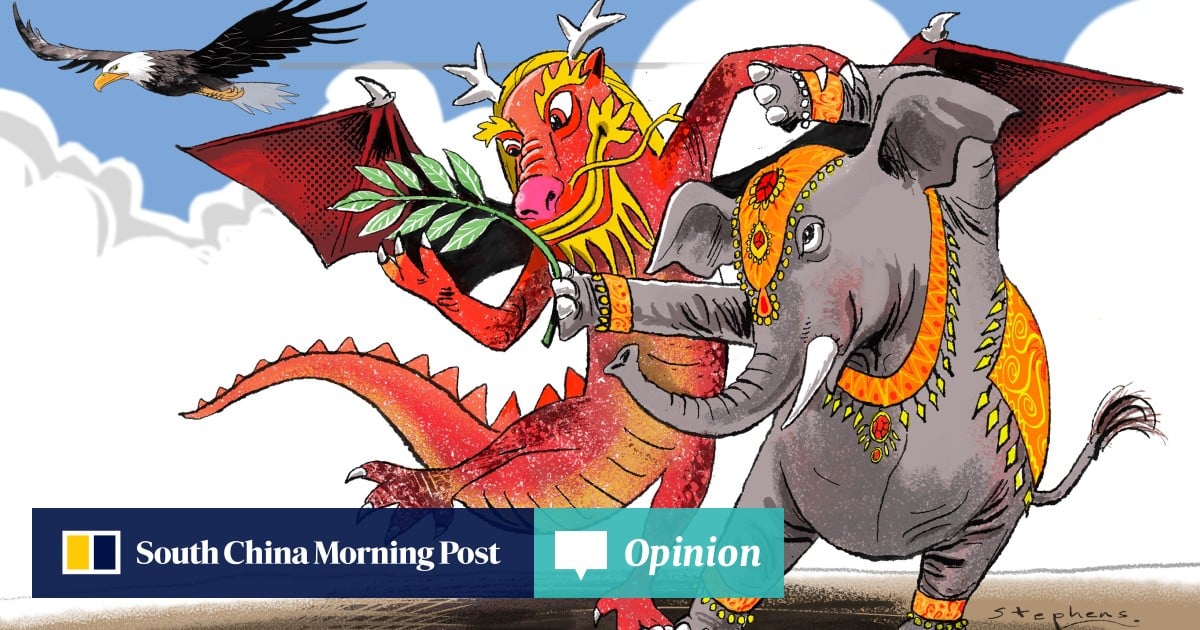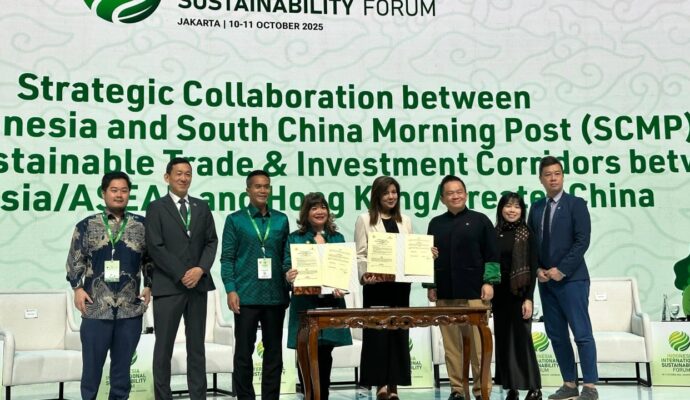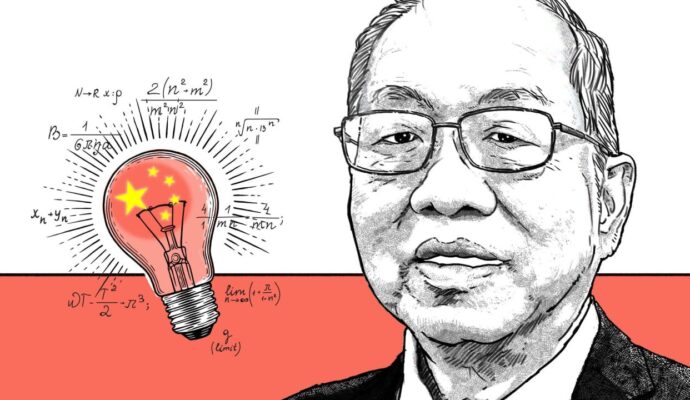
In a fast and furious year of devastating wars and high-stakes diplomacy, the historic meeting between Chinese President Xi Jinping and Indian Prime Minister Narendra Modi stands out as a potential harbinger of a new global order.
Advertisement
In his first visit to China in seven years, Modi agreed with Xi that Asia’s two powers should be “partners” rather than “rivals”, on the sidelines of the Shanghai Cooperation Organisation summit in Tianjin.
Modi stressed that “their differences should not turn into disputes” and expressed a commitment to the “fair, reasonable and mutually acceptable settlement” of their border dispute. Crucially, he mentioned the need to “pursue strategic autonomy” and not allow bilateral relations to be “seen through a third country lens”. He also invited Xi to next year’s Brics summit in India.
Both leaders envisioned Sino-Indian ties as an anchor of a multipolar order and a new Asian century.
Xi reiterated the importance of both countries’ roles in the Global South, especially when it comes to “promoting the solidarity and rejuvenation of developing countries”. Marking the 75th anniversary of China-India diplomatic ties, Xi called for nothing less than a “cooperative pas de deux of the dragon and the elephant”.
Advertisement
The two nations are set to resume direct flights this month for the first time in five years, underscoring a shared commitment to improving bilateral relations. Modi’s warm embrace of China was certainly a subtle jab at US President Donald Trump, who has adopted an unexpectedly tough stance on India. But it also represents a chance for India to reset historically fraught ties with China as it strives to forge a coalition of eastern powers against an increasingly hostile West.


